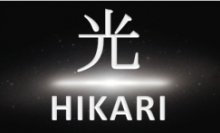HIKARI: Project overview
You are here
Home / HIKARI: Project overvi ...Travelling at the Speed of HIKARI*
Lunch in Tokyo, breakfast in Paris…same day… in that order! Is it Possible?
The HIKARI* project has brought together all the hypersonic initiatives in Europe and Japan to drive the convergence of their concepts and roadmaps. Thanks to the expertise of its 16 partners from industry, research centers and academia, it has derived a common path towards a joint design for high speed air transport and ultimately towards joint flight testing.
The market analysis and high level technical trades have shown that the most promising vehicle to address high speed passenger transport would be a ~14000km range ~ Mach 5 aircraft, with high performance levels to ensure affordable ticket prices. The market capture could then exceed 20% and allow sustainable operations of a worldwide fleet of more than 200 aircraft by 2040+.
To accompany the market growth and master the risk associated with such a development, an incremental approach is recommended, starting first with a smaller size vehicle (<100 passengers) and progressively moving towards larger aircraft.
Technology wise, the hydrogen fuel, though providing excellent range and cooling capacity, might not be the only alternative to consider, for other fuels (bio liquid hydrocarbons) might provide better overall climate/performance characteristics.
Regarding the energy and thermal optimization, and the propulsion, the technology progresses accomplished within HIKARI, both on the modelling side and on the demonstration side provide credible building blocks to the future aircraft joint concept. Furthermore, these technologies offer real synergies with other industries, and promising short term applications.
HIKARI has shown how the Europe-Japan partnership could allow achieving such high ambitions as defining the guidelines and roadmaps towards future high speed air transport. This fruitful outcome allows considering a natural next step for this cooperation, in order to achieve a joint design following the HIKARI guidelines, and to prepare joint flight demonstrations following the HIKARI roadmap.
The results have been made possible thanks to the strong support from the European Commission and METI.

HIKARI project has received funding from the European Union’s Seventh Framework Programme for research, technological development and demonstration under grant agreement no. 313987, the METI (Ministry of Economy, Trade and Industry) and other concerned Japanese authorities.
Project's final summary report available here.
*(HIKARI means Light in Japanese)
Impact

When overlooking passenger transport at the horizon of 2040-2050, a high speed transport design capable of sufficient performance levels to capture a reasonable market share (>10%) and to sustain stable operations seems to be feasible. An incremental way seems to be the most adequate towards this ultimate objective. Thus one should tackle the technical and financial complexity in a stepwise approach, but always aiming at vehicles with performance levels capable of guaranteeing a competitive ticket price and market capture. The very first step of this evolution could be a reduced size vehicle (<=100 PAX) with intermediate technical requirements (speed ~Mach 5, maybe more conventional fuel). In a second step, one could grow towards a 100 pax vehicle, capable of fulfilling all the HIKARI requirements, ie a Mach 5, 14000km range aircraft possibly using cryogenic fuel. Finally, the third step could be a faster and larger plane, for which speed and technology would open the door to further applications (reusable space launchers…). In this endeavour, the already available designs should be kept alive to be a strong foundation and provide valuable building blocks, as well as a competitive benchmark. Meanwhile, one should also monitor the ongoing evolutions in aerospace which will generate synergies and accelerate this step-wise approach. The next natural research step on this path towards high speed aviation would be to reach a common design compliant with the HIKARI Guidelines. This common design should be the product of an integrated team under the leadership of a chief engineer, and should encompass not only the vehicle and the selection of its.
Consortium partners
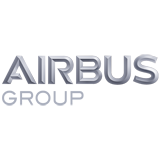 AIRBUS GROUP
AIRBUS GROUP
 ESA
ESA
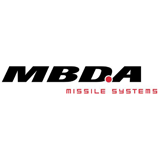 MBDA
MBDA
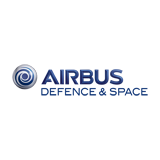 AIRBUS DEFENCE & SPACE
AIRBUS DEFENCE & SPACE
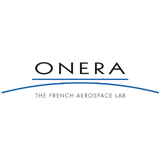 ONERA
ONERA
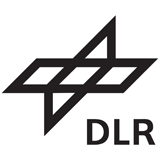 DLR
DLR
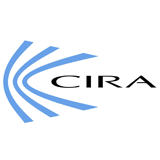 CIRA
CIRA
 AIRBUS
AIRBUS
 OXFORD ECONOMICS
OXFORD ECONOMICS
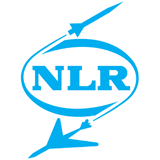 NLR
NLR
 CNRS
CNRS
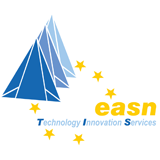 EASN
EASN
 JAXA
JAXA
 UNIVERSITY OF TOKYO
UNIVERSITY OF TOKYO
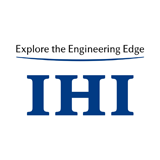 IHI
IHI
 JADC
JADC
Contact
EASN Technology Innovation Services BVBA
Terweidenstraat 28
B-3440 Budingen
Belgium
EASN Technology Innovation Services BVBA
Patras Science Park
Stadiou Str., Platani
26504, Patras, Greece
Tel: +30.2610.911378
EASN Technology Innovation Services BVBA
Ioanni Polemi 32A
3085, Limassol , Cyprus
Tel: +357.25212390
EASN Association
© 2024 EASN Technology Innovation Services · All rights reserved

